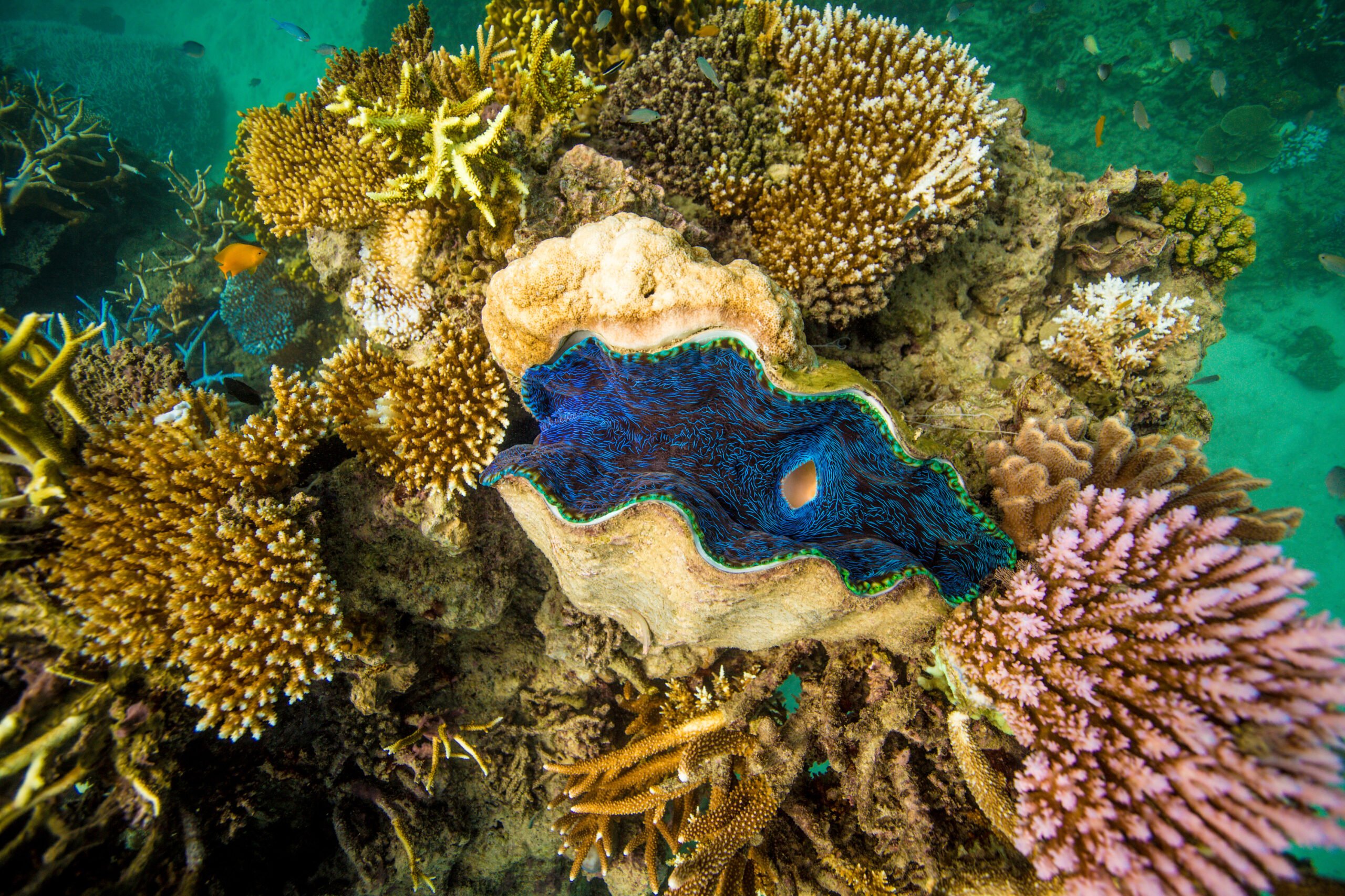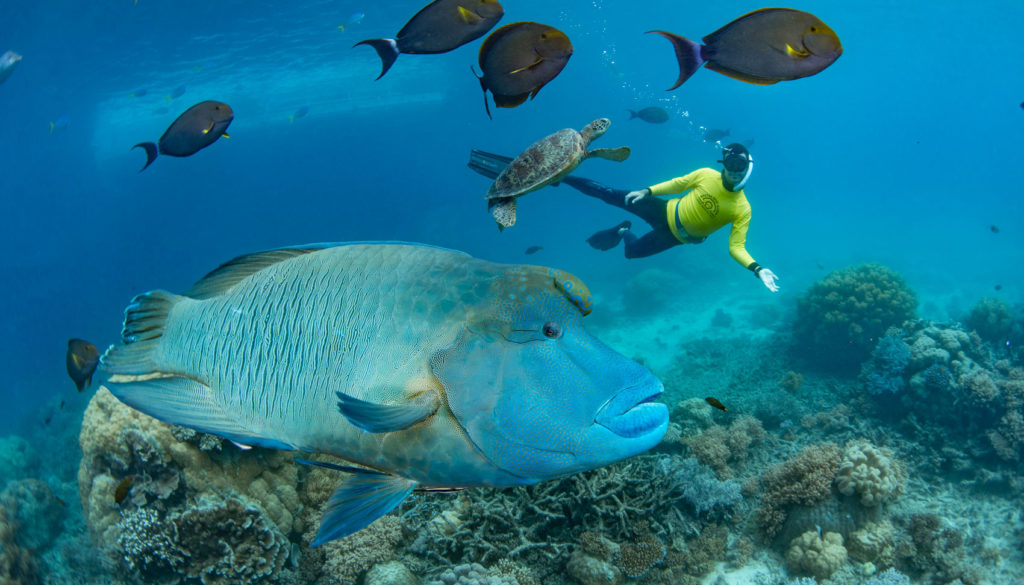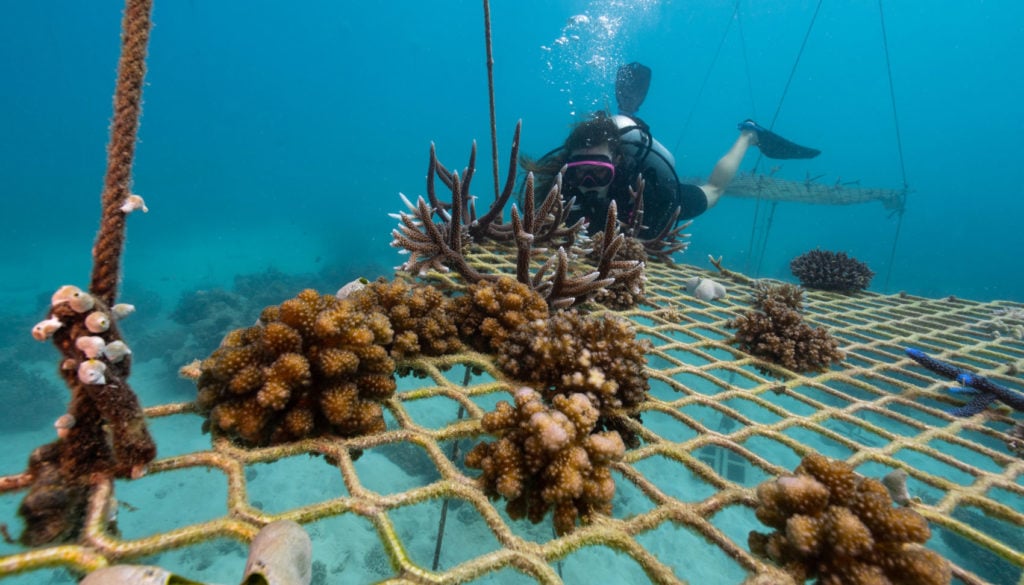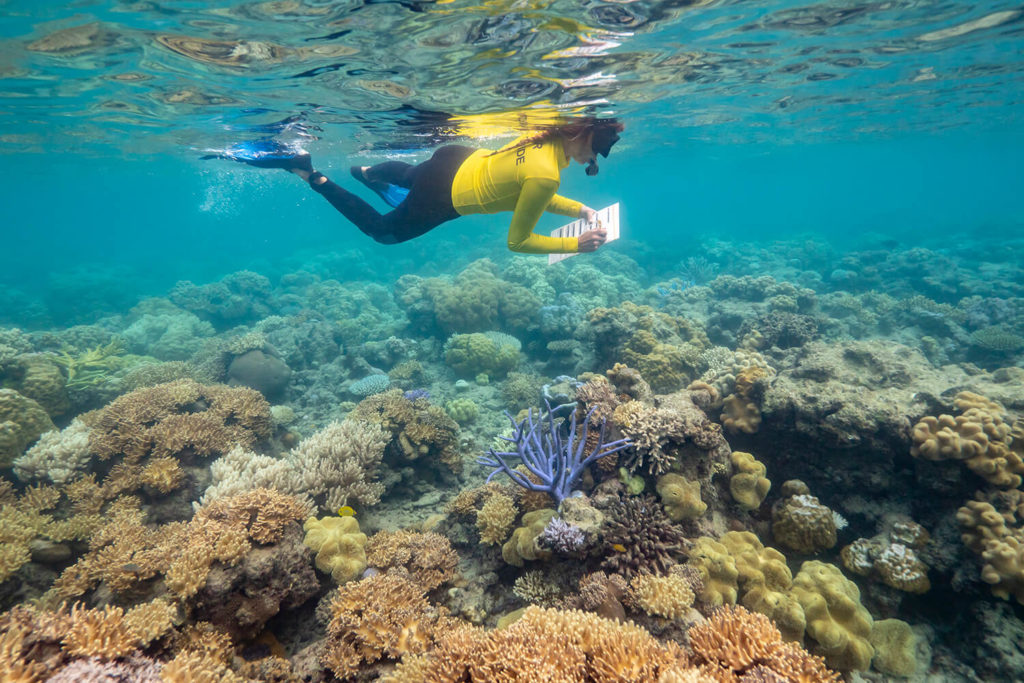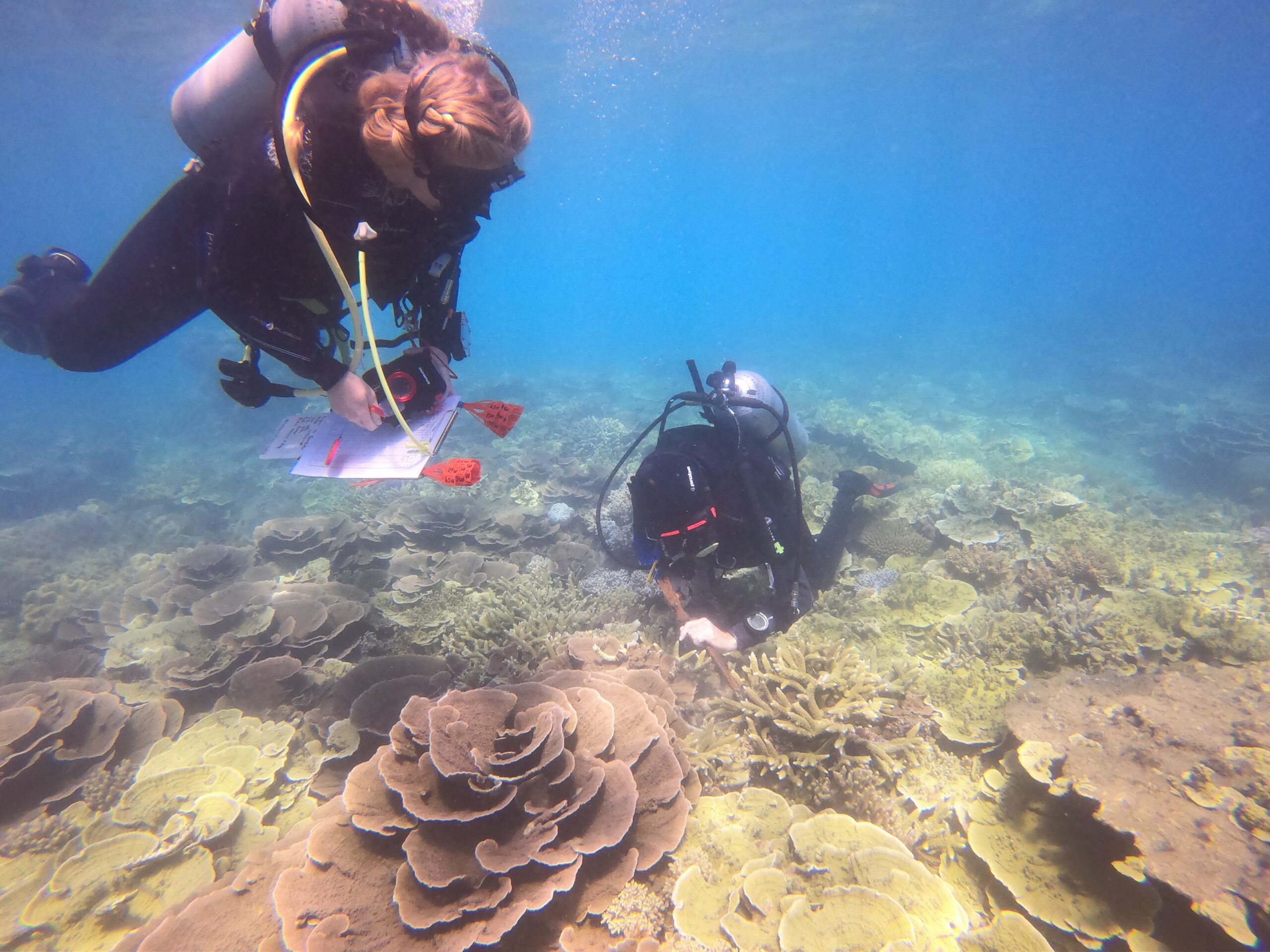TNQ Writer
Tourism operators in Tropical North Queensland actively invest in the future of the Great Barrier Reef. They have been dedicated partners in its protection and management for decades. By engaging in research and providing infrastructure for scientists, they ensure the reef is the best managed on Earth. Visiting the reef contributes to its ongoing preservation, allowing future generations to enjoy its beauty.
Living Coral Biobank
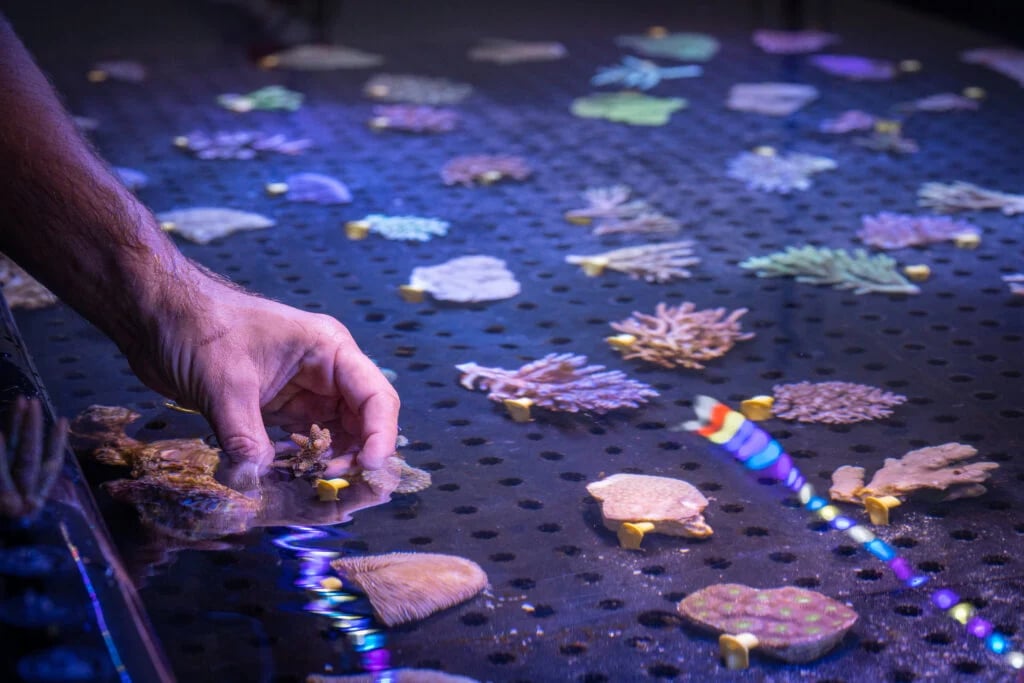
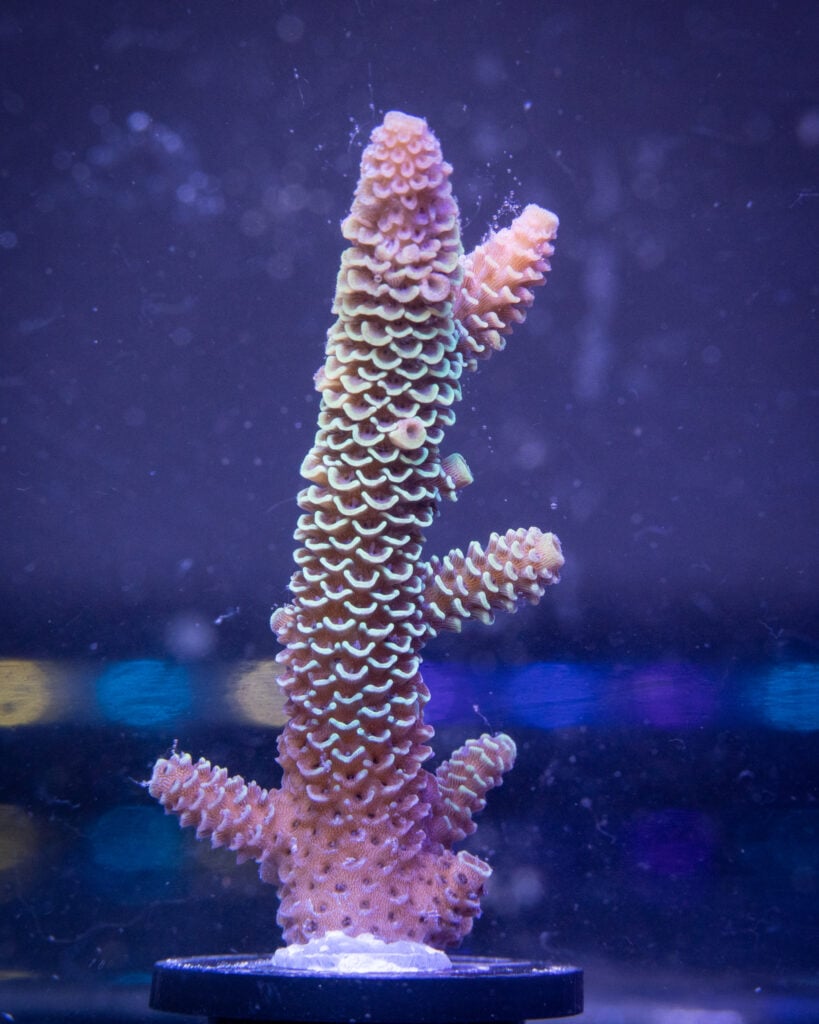
Hold onto your flippers, folks, because Great Barrier Reef Legacy is taking the world by storm with their ambitious mission to create a living coral ark at the Cairns Aquarium! Picture this: a haven for the 400 species of hard coral found in the majestic Great Barrier Reef, ensuring they’re ready for any future research or coral restoration needs. These coral crusaders have already wrangled nearly 200 hard corals from the reef, showcasing half of the World Heritage Area’s hard coral species in their living coral biobank. We can’t contain our excitement for them to unveil the swanky name they’re cooking up for this incredible endeavour!
But wait, there’s more! Great Barrier Reef Legacy needs your support to complete their daring collection of all 400 hard coral species. They’re on the lookout for funding to dive headfirst into the reef and secure those precious corals. And guess who’s on board? None other than Dr. Charlie Veron, the Godfather of Coral, whose expertise in identifying coral species is second to none. So, let’s give a round of applause to this team of coral enthusiasts as they embark on this crucial and utterly cool venture!
Coral Nurture Program
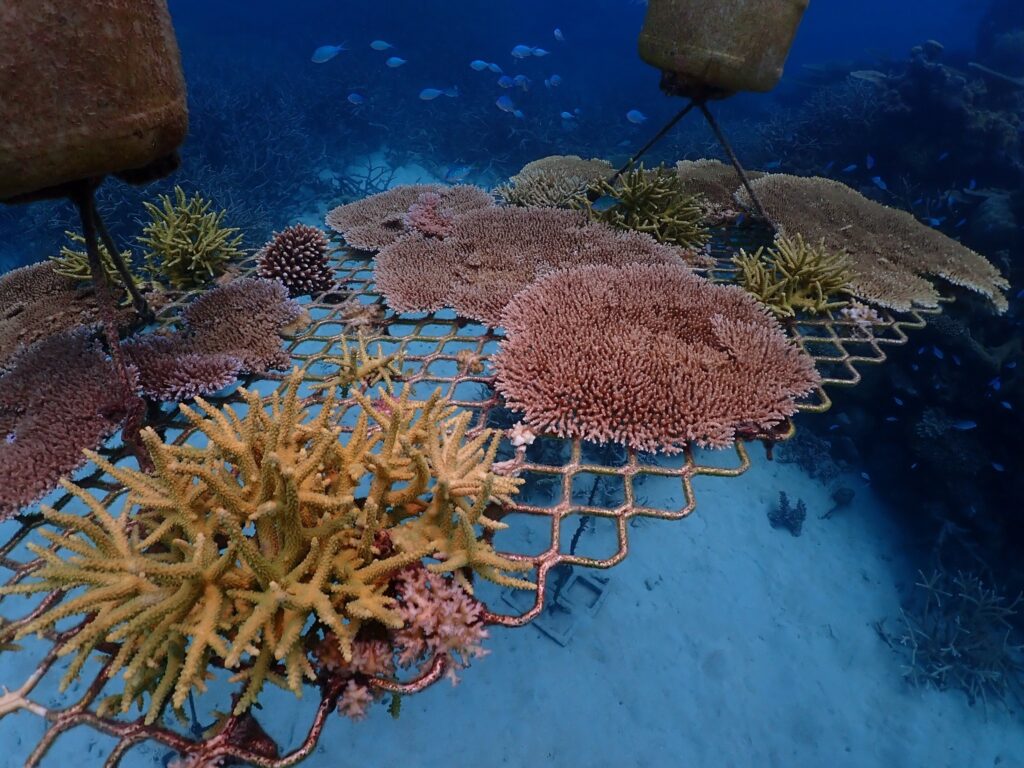
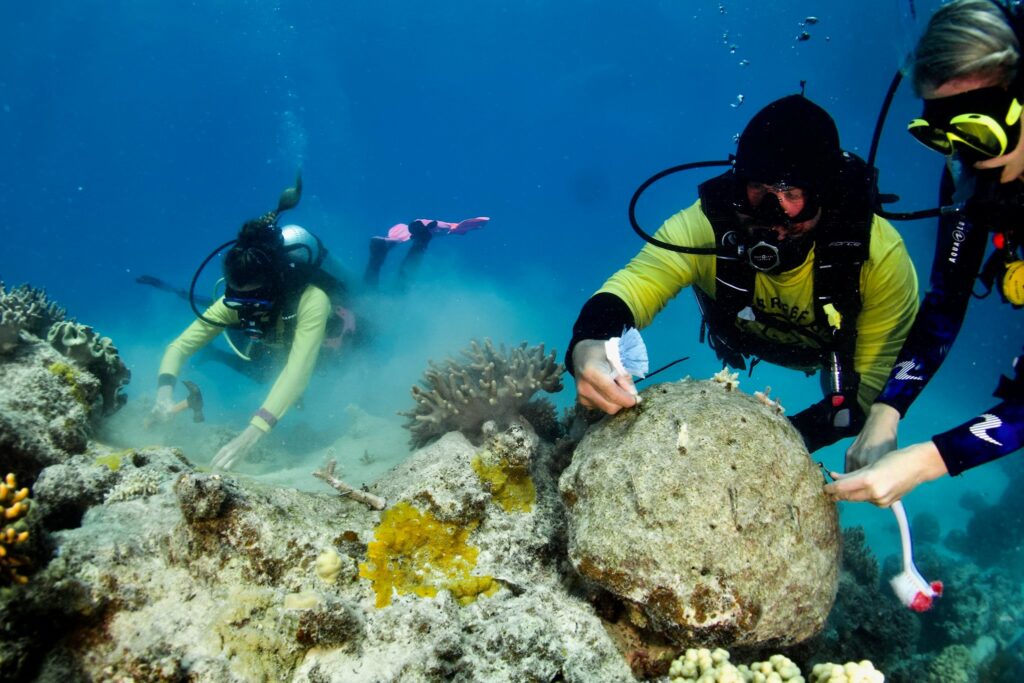
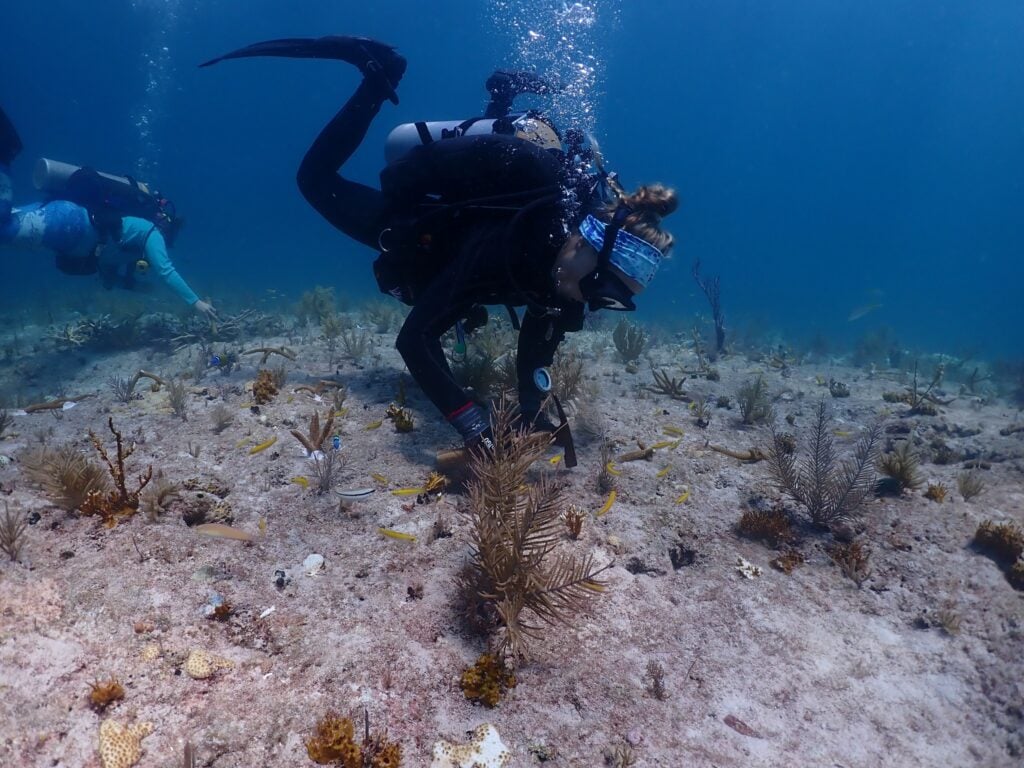
Prepare to witness an extraordinary collaboration between researchers and tour operators through the Coral Nurture Program. Meet the dynamic duo, John and Jenny Edmondson of Wavelength Cruises, who pioneered the use of coral clips to propagate and plant broken corals. Joined by Sailaway, Passions of Paradise, Ocean Freedom, and Quicksilver Cruises, they have built nurseries and successfully planted corals in Cairns, Port Douglas, and now the Whitsundays.
Join the Passions of Paradise research team on a citizen science tour and become a reef-saving hero. Support local conservationists by submitting Sightings Network observations and participating in Rapid Monitoring Surveys for the Great Barrier Reef Marine Park Authority. As a bonus, you’ll have the chance to witness marine biologists in action, working on the Coral Nurture Program and assisting with reef monitoring. Together, let’s protect and restore the Great Barrier Reef, one coral clip and citizen science survey at a time!
REEF RESTORATION FOUNDATION
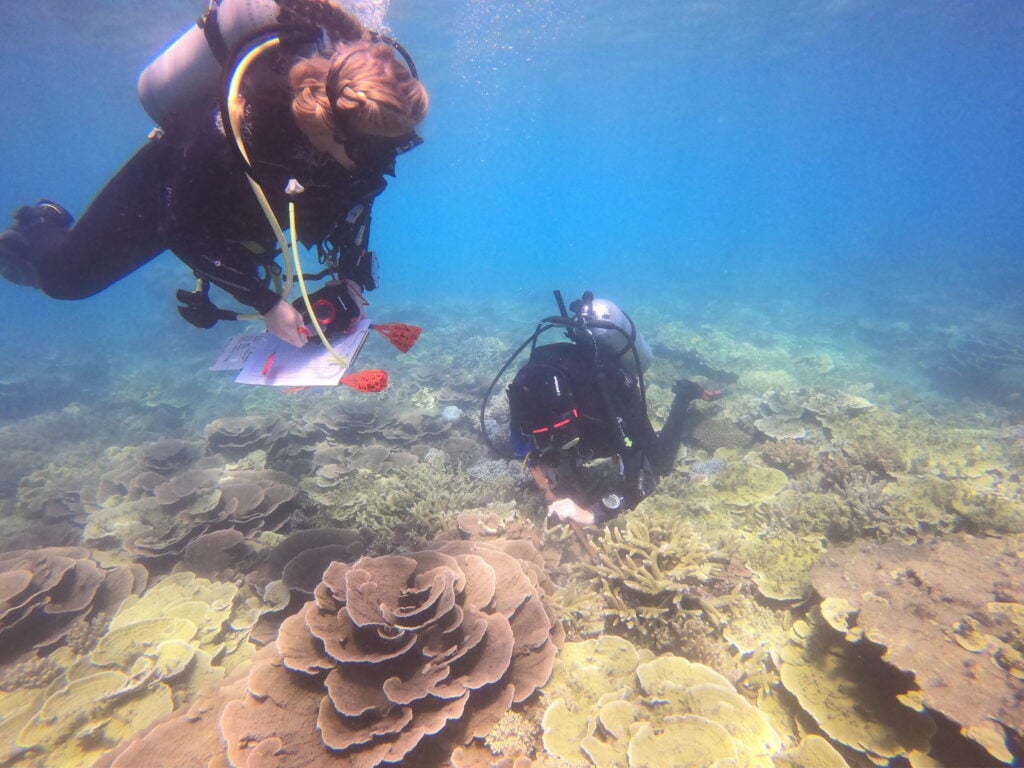
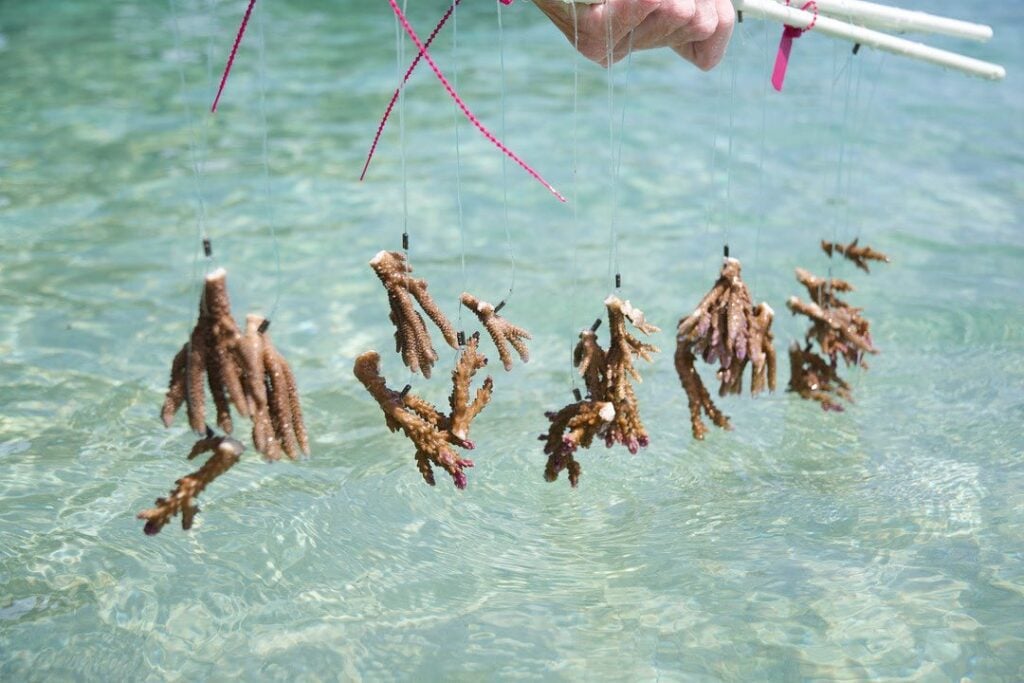
The Reef Restoration Foundation is revolutionising coral cultivation on the Great Barrier Reef. With their offshore nursery at Fitzroy Island and expanded sites like Moore Reef, they’re boosting coral cover and creating a thriving habitat for marine life. Volunteers snip coral cuttings, which grow rapidly on suspended frames and are then planted in degraded areas. A remarkable milestone was reached when the Fitzroy Island out-plantings were observed spawning in November 2022, advancing their mission to enhance reef resilience in partnership with operators.
Keen to see the great work that has been Dive into the Fitzroy Island Resort Marine Conservation Program and experience a marine extravaganza! Snorkel over Reef Restoration Foundation’s out-plantings, join the fight against coral-eating Drupella snails, care for injured turtles, identify turtles on a snorkelling tour, and contribute to an Eye on the Reef survey. It’s an adventure-packed program that’s all about making a splash for marine conservation!
CORAL RUBBLE STABILISATION
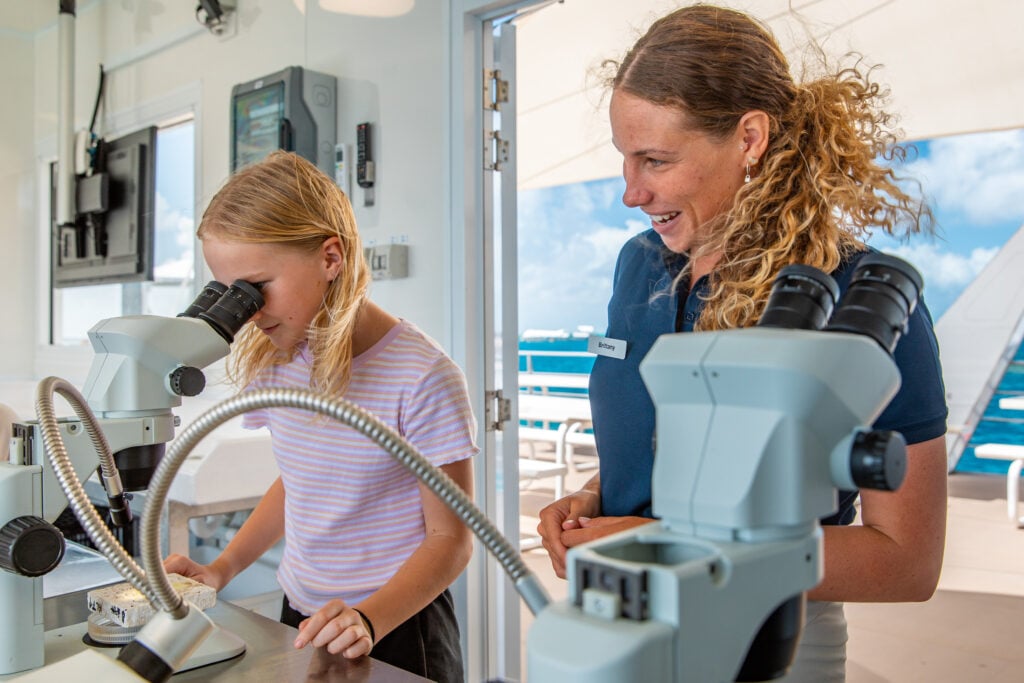
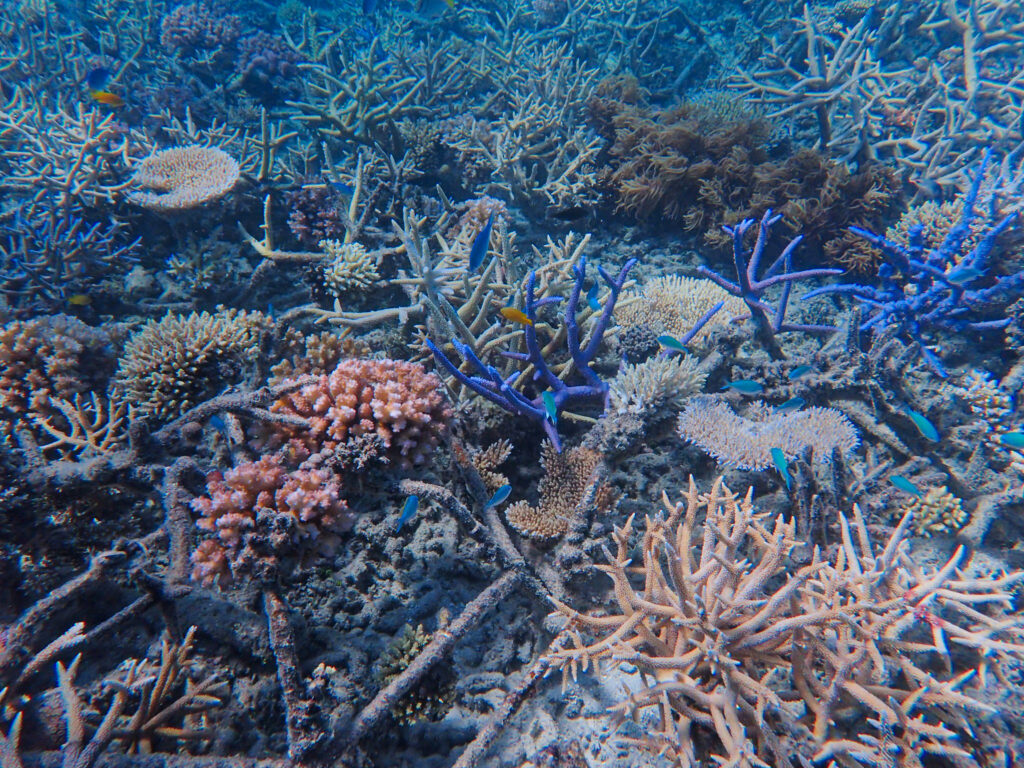
In the realm of marine biology, GBR Biology has been using the Mars Assisted Reef Restoration System (MARRS) and it has worked wonders on Moore Reef’s cyclone-damaged corals. Through a collaboration with Gunggandji and Yirrganydji Land and Sea Country Rangers, marine biologists attached broken coral fragments to Reef Stars and placed them on the rubble, resulting in new coral growth and a stabilized reef bed. Starting with 50 Reef Stars in June 2020, they now boast an impressive 439 stars spread across 500 square meters. The first stars disappeared after two to three years, leading to a remarkable 50% increase in coral cover. This innovative process, utilizing 60 coral species, transformed the initial rubble into a flourishing coral garden, a feat that would have taken nature a decade for just one species to accomplish.
GREAT BARRIER REEF CENSUS
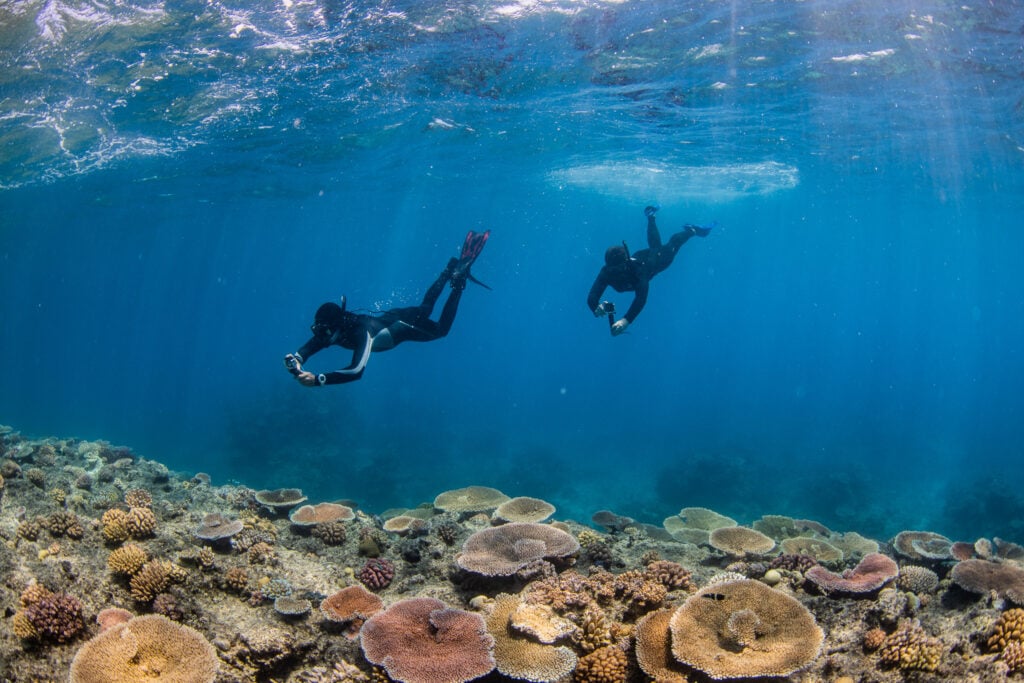
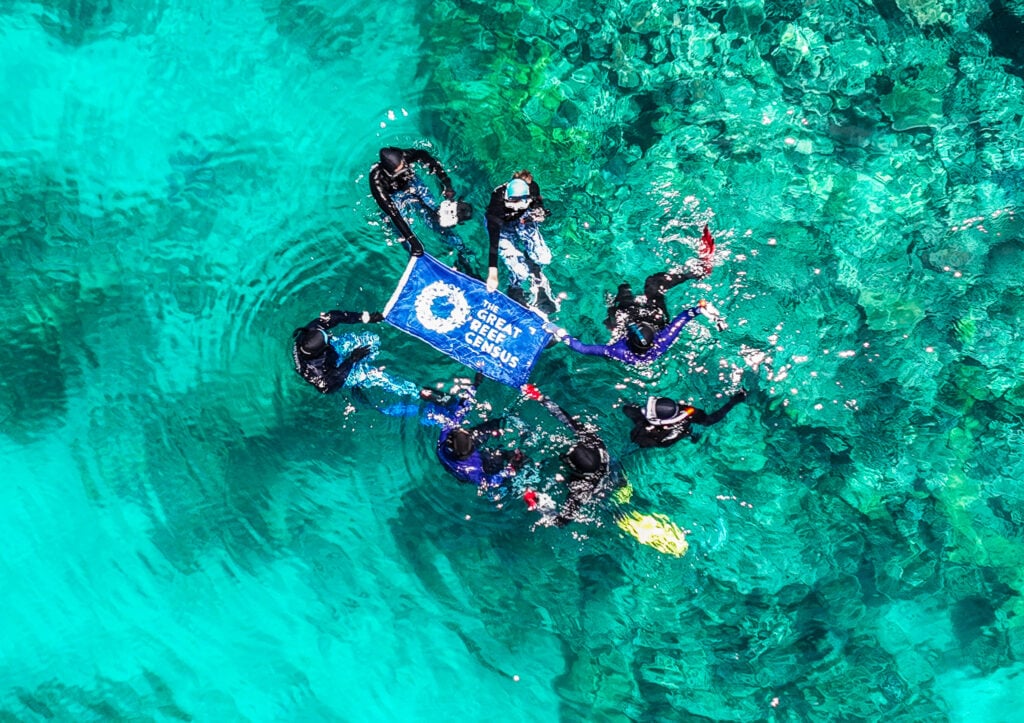
With the combined efforts of over 100 tourism operators, the Great Reef Census, masterminded by the ingenious Citizens of the Great Barrier Reef, has embarked on a mission to survey a whopping 510 reefs and gather a staggering 75,000 images over the past three years. This impressive feat means that a delightful 15 percent of the majestic reefs within the Great Barrier Reef Marine Park now have their data captured for tracking purposes. Compare that to a mere 5 percent that used to undergo regular surveys before the Census came to the rescue. This treasure trove of information will prove invaluable for conservation initiatives, including the vital task of directing control vessels to combat the notorious Crown-of-Thorns Starfish.
Fancy a splendid journey? Set sail with one of the splendid Tropical North Queensland operators and witness the very reefs that their dedicated staff and adventurous passengers have gallantly surveyed.
CROWN-OF-THORNS STARFISH
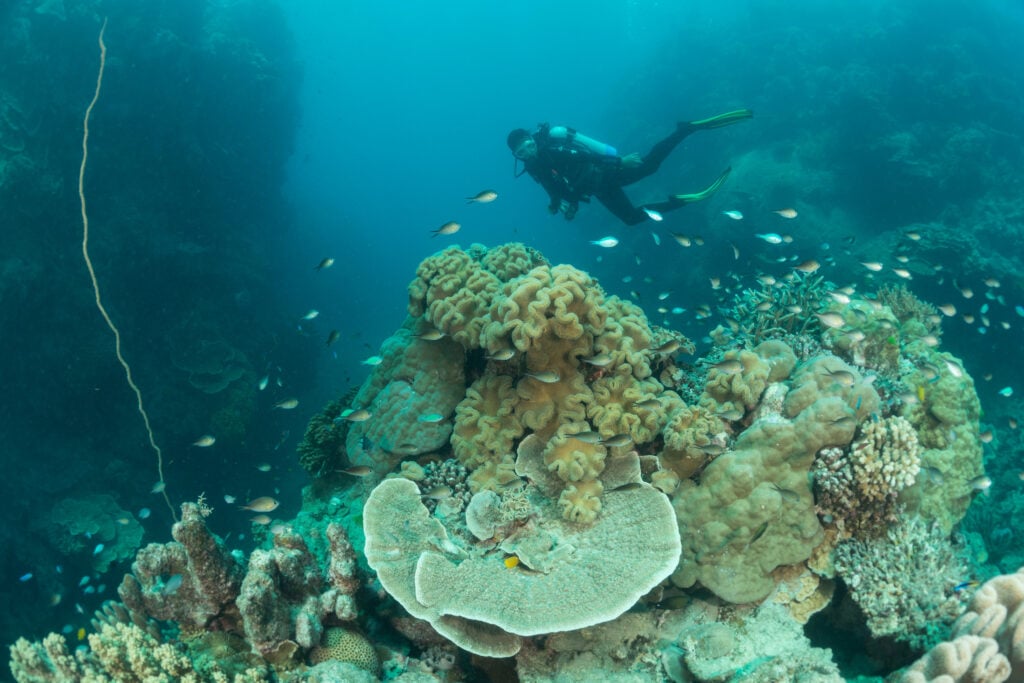
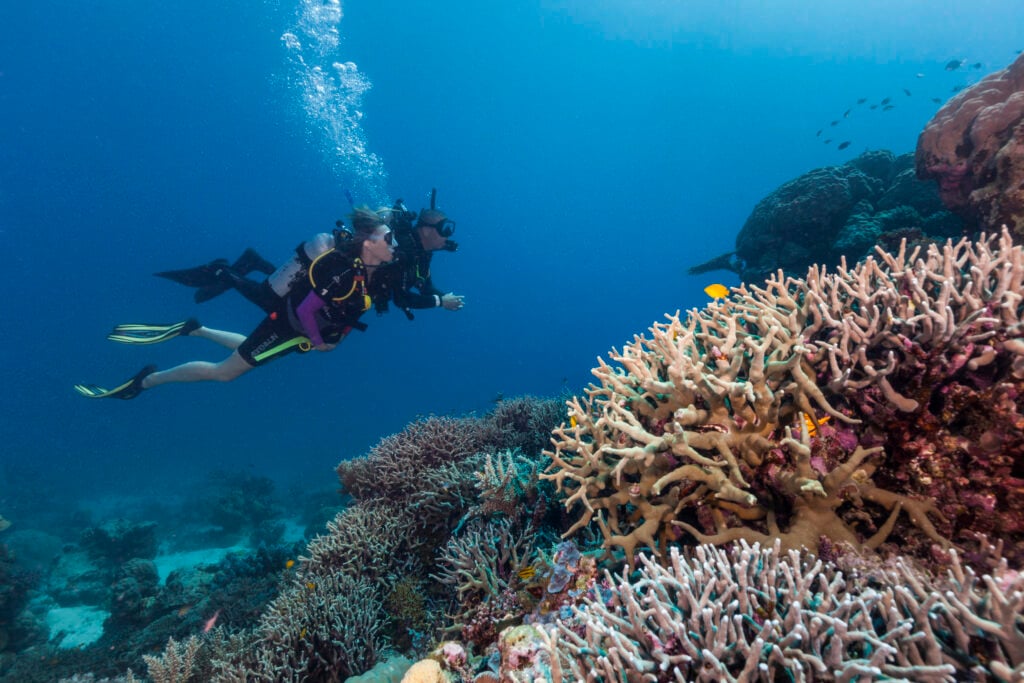
Thanks to the Association of Marine Park Tourism Operators, programs to control the Crown-of-Thorns Starfish have advanced. They have received funding to remove these coral-eating creatures and even trained operators for the task. Operators like GBR Biology are also conducting vital research on juvenile starfish and using environmental DNA to detect outbreaks, collaborating with the Australian Institute of Marine Science.
Join the remarkable Calypso Reef Cruises and rest assured, you won’t encounter any Crown-of-Thorns Starfish on your Great Barrier Reef adventure. However, you’ll still get a fascinating marine biologist presentation to learn about these predators and other threats to the reef. Get ready for an educational journey!
REEF RESTORATION RESEARCH PROJECT
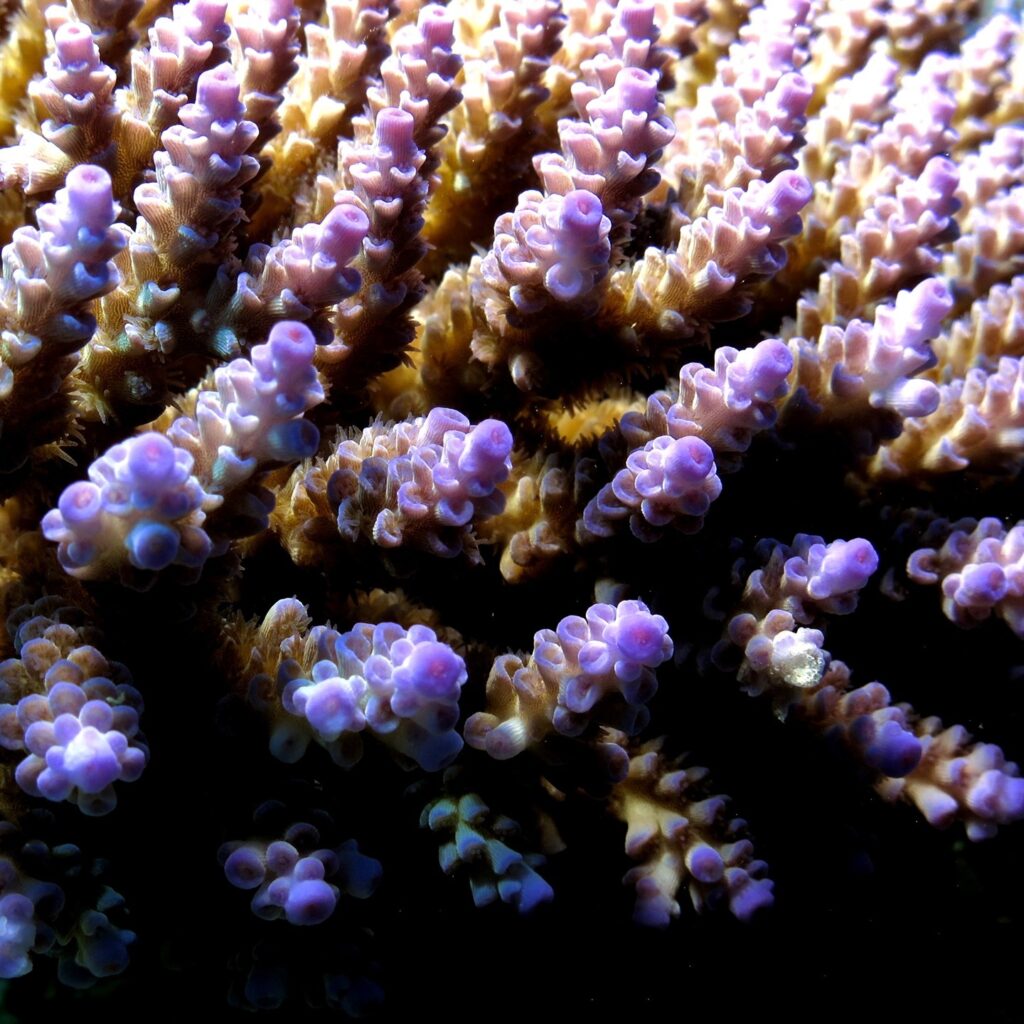
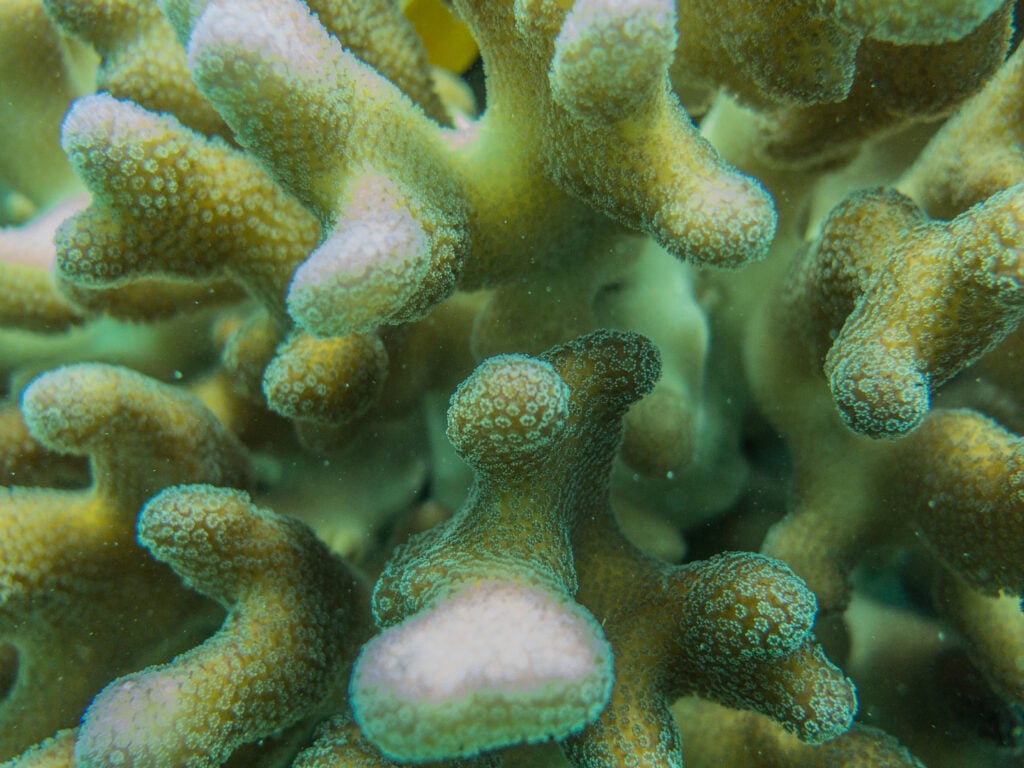
Quicksilver, the visionary of the Great Barrier Reef, was the first operator to employ marine biologists to enhance snorkelling experiences. In 2018, Quicksilver obtained the prestigious seal of approval from the Great Barrier Reef Marine Park Authority. Their mission? To embark on an epic reef restoration project like no other. Armed with their wits and determination, they set out to accelerate coral growth on a patch of coral rubble abandoned after a cyclone had its wild dance at Agincourt Reef. Talk about turning disaster into a coral-powered comeback! Teaming up with Reef Ecologic, they used mesh frames to stabilise coral rubble and facilitate coral growth. Today, the coral cover is so abundant that the mesh is invisible.
Embark on an extraordinary snorkelling adventure at Quicksilver’s Agincourt Reef platform. Marvel at the magnificent staghorn corals, now five years old. Join a guided marine biologist snorkel tour for an even deeper understanding of the Great Barrier Reef ecosystem. Dive into knowledge and wonder!
So, let’s raise our goggles and toast to the heroes who are breathing life back into our beloved reefs, one coral at a time. Together, we can restore the magic and ensure that future generations will have the privilege of exploring the vibrant wonders of the ocean’s kaleidoscopic kingdoms.

